COMMUNION (1989)
The allegedly true events of author Whitley Strieber, who was hypnotised and recalled frightening experiences with visiting aliens...
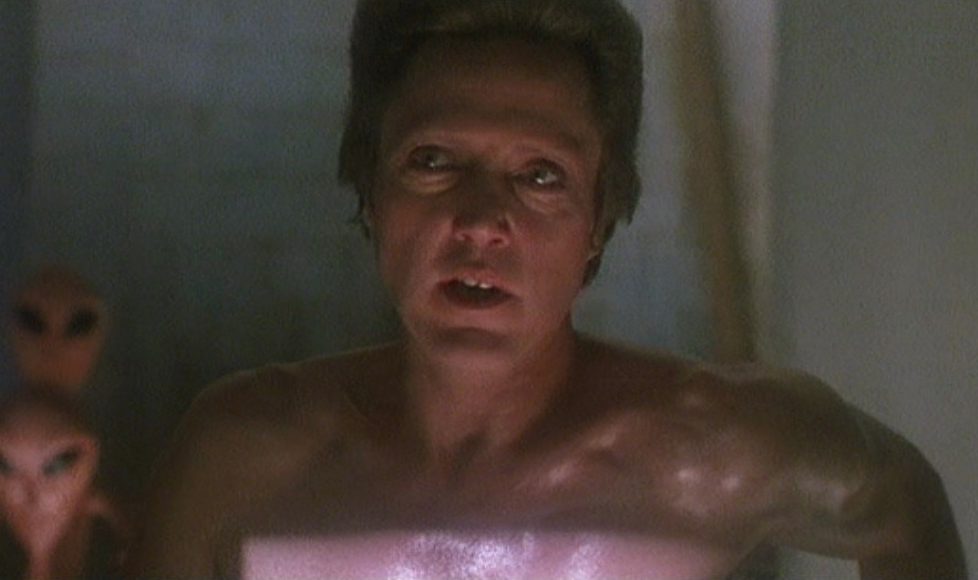
The allegedly true events of author Whitley Strieber, who was hypnotised and recalled frightening experiences with visiting aliens...


Communion is many things and, for me, it’s one scary movie. There are some genuinely spooky moments, like when Whitley Strieber (Christopher Walken) wakes up in the middle of the night and asks “is anyone there?” It makes me jump every time! Its influence can be seen in many horror films made since.
It’s also an intelligent, non-sensationalist examination of a phenomenon that affected many people at the time—encounters with and abductions by aliens. Communion also seeks to examine the nature of consciousness itself in a brave way.
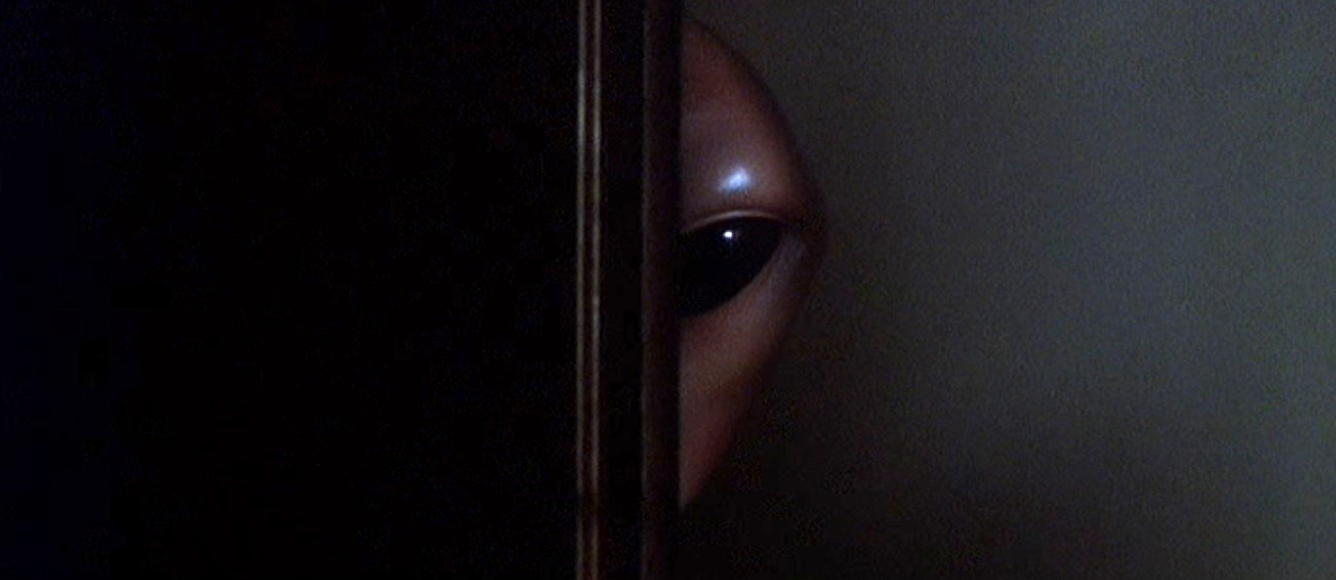
Whitley Strieber was already a successful horror writer by 1989—his first bestseller Wolfen (1981) had been made into a movie starring Albert Finney, and his other novel The Hunger (1983) was made into a quintessential 1980s horror movie starring David Bowie. Who can forget Bauhaus performing “Bela Lugosi’s Dead” in a cage for the opening scene?
So, when Strieber wrote an account of his experiences at his cabin in upstate New York between October and December 1985, it wasn’t for fame or fortune but to share a genuinely baffling experience. An experience that many others (including his own son) also seem to have experienced. The resulting book, Communion, reached the top of the New York Times non-fiction bestseller list but was so controversial it was moved to the fiction list! (Where it nevertheless remained a bestseller). It helped that the front cover was so striking, with a famous ‘grey alien’ in full portrait. Strieber wrote a follow-up called Transformations and the screenplay he subsequently wrote for the film adaptation of Communion blends both together.
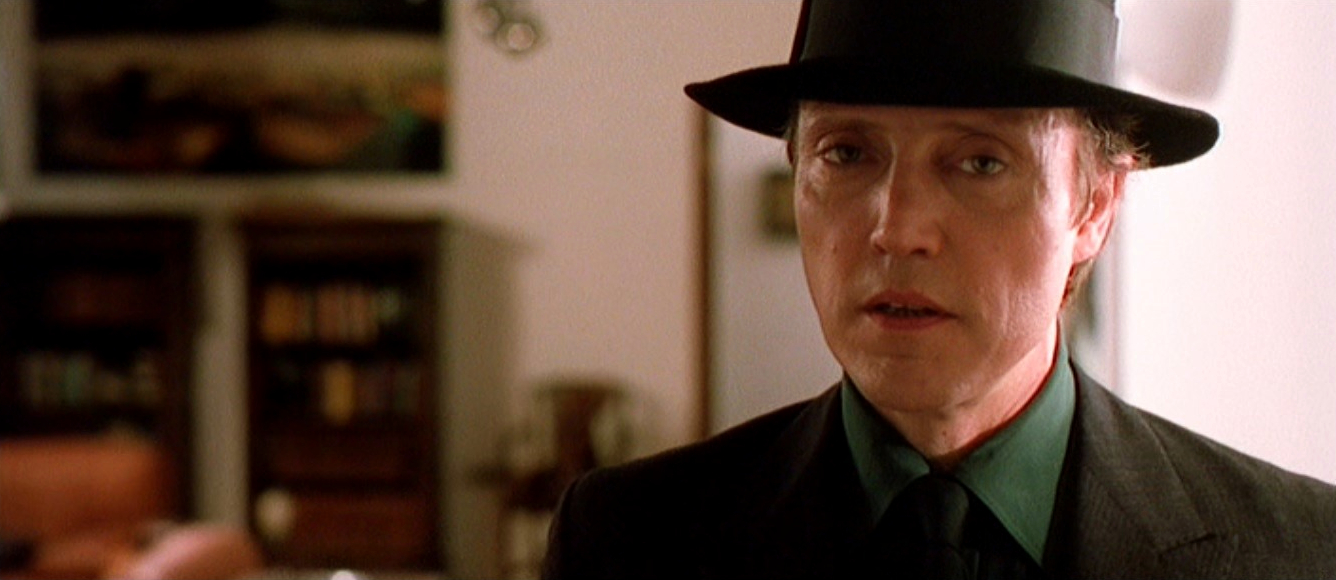
Director Phillipe Mora was a friend of Strieber’s after they met in London at the Pheasantry, an artist studio complex on the Kings Road patronised by Eric Clapton (who also provided the atmospheric soundtrack for Communion). Mora had moved from Melbourne to be part of the controversial 1960s art scene and had always explored the medium of film. He went on to direct more mainstream movies including The Howling II (1985), The Howling III (1987), and A Breed Apart (1984). He gives Communion a blending of art and horror that provides a stylish setting to the story and allowed the cast to improvise around the Strieber’s screenplay.
Christopher Walken stars as Strieber himself in the film. He’d already played John Smith (an ordinary guy with paranormal powers thrust upon him) in David Cronenberg’s The Dead Zone (1983) and is a reliably compelling and strange presence. Here he gives a fine portrayal of the writer’s inner turmoil as Strieber reaches the end of his tether trying to understand what is happening to his mind while resisting and reality-checking every step of the way. Strieber is on record as disliking Walken’s performance for being too “out there”, but it’s a likeable Walken trait.
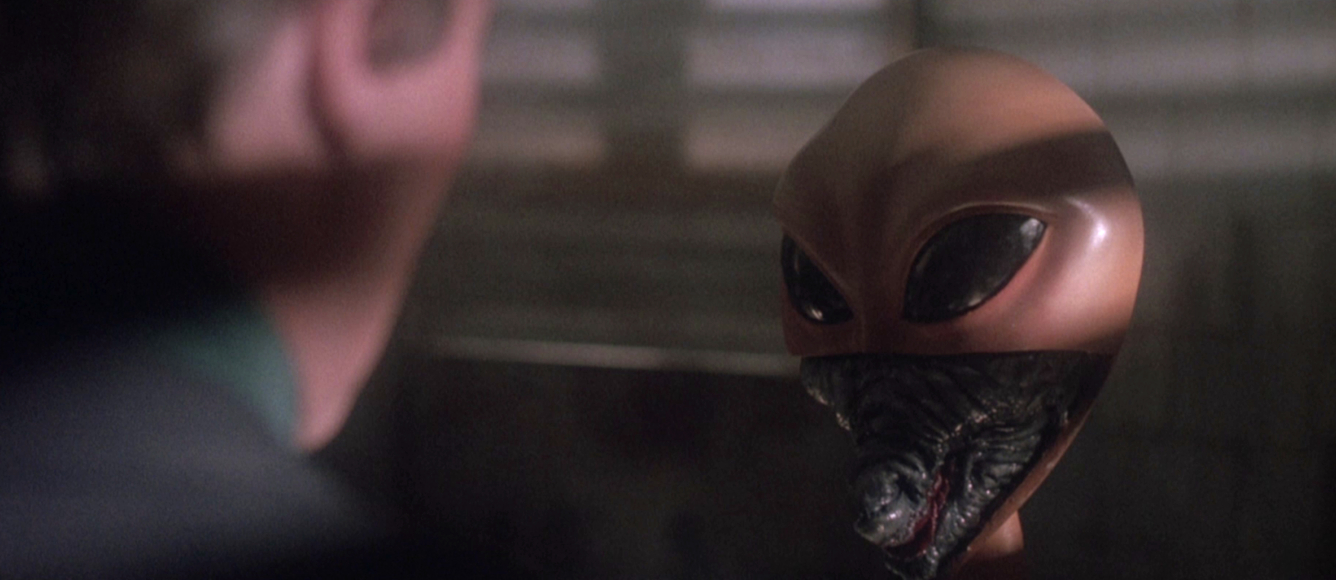
Walken suggested that Lindsay Krause play Strieber’s wife Ann and she’s a strong foil of stability, challenging and supporting Strieber through each step of uncovering his experience (and her own). Krause went on to play Maggie Walsh, psychology professor and head of the initiative in the TV series Buffy the Vampire Slayer (1997-2003).
Veteran Broadway actress Frances Sternhagen (Cheers, Sex and the City) plays the New York psychiatrist who hypnotises Strieber and Ann to uncover repressed memories of their encounters while in her very cool NY apartment.
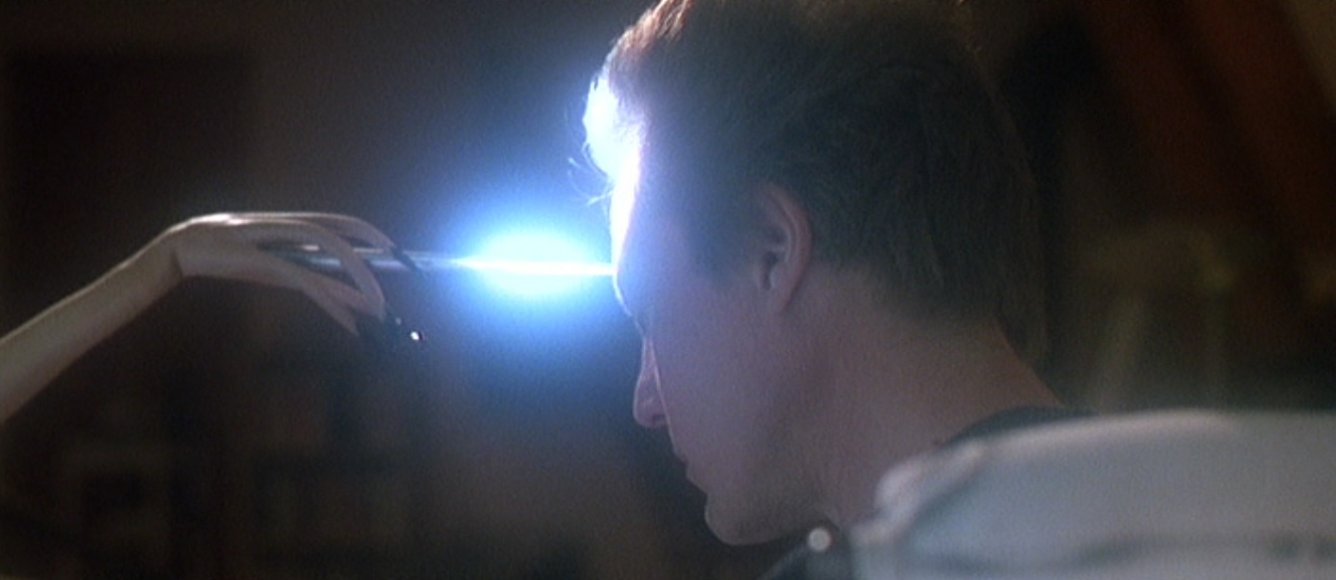
Andreas Katsulas plays Alex, a friend who stays at the StStriebereiber cabin with his girlfriend in October 1985 but, after seeing bright lights and experiencing a disturbed night, demands to be taken home again. He’s Eastern European and later tells Strieber about his country’s folklore, how gnomes may be a similar archetype to some of Strieber’s ‘visitors’. Katsulas went on to be a regular in Star Trek: The Next Generation (1987-1994) as the Romulan Commander Tomalak and, of course, played G’Kar in Babylon 5 (1994-98). I met him before he sadly passed away in 2006 and, during a talk he gave, asked him about his experience making Communion. He related how Christopher Walken once sang “Mac the Knife” for him in Yiddish as they waited between shoots!
Communion has a very arty New York feel (there’s surrealist art in the Strieber apartment, tribal art in the psychiatrist’s apartment, plus there’s a scene towards the end shot in Whitney Art Museum). The Big Apple’s skyline at night, shot from a helicopter (now nostalgic for its inclusion of the Twin Towers) also plays a role.
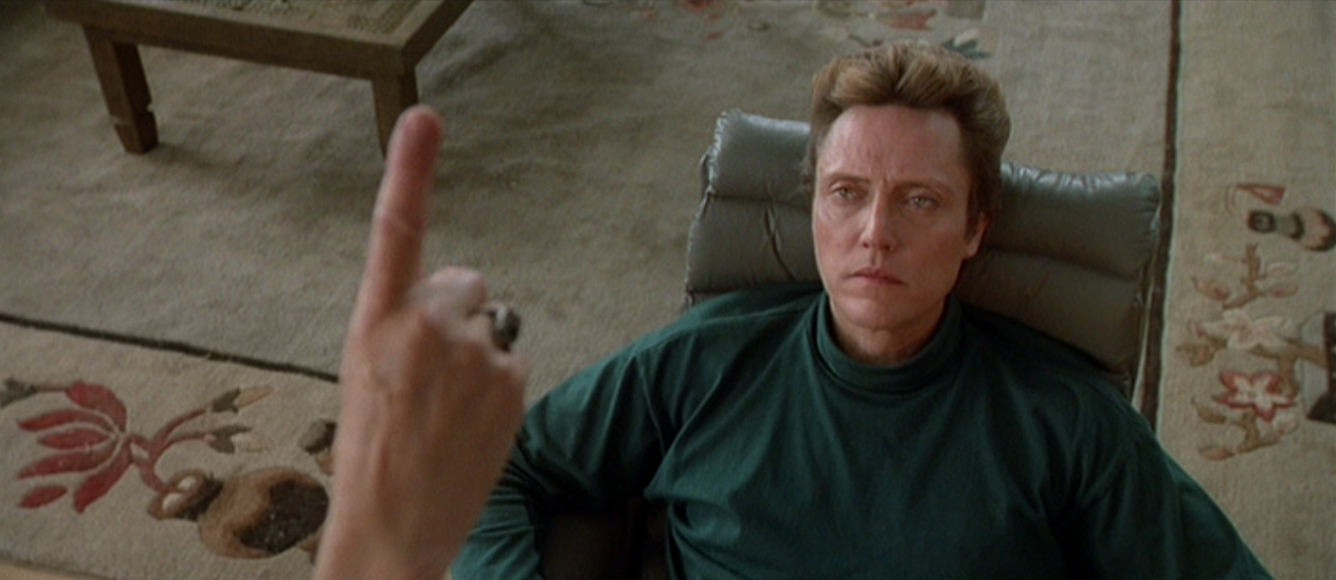
This contrasts with the pioneer-style log cabin, all alone in the woods, where the dark and surreal interactions with the visitors take place. The American ‘great outdoors’ isolation is also a feature of this ‘cabin fever’ spookiness which American writers such as Jack London (and many horror writers) have often explored. The contrast between darkness and ‘blinding’ bright lights are effective at making the homely look menacing. Mora’s cinematographer, Louis Irving, had worked on Mad Max Beyond Thunderdome (1985), so this was a change of pace which he handled well. He sadly died in 2016. Mora’s editor Lee Smith had already worked with Mora on Howling III and has since worked on many major films such as The Dark Knight (2008), Inception (2010), and Interstellar (2014).
The special effects are of course vintage and not totally convincing, especially for a modern audience. Mora argued this was to emphasise the surreal experience, and the use of ‘masks behind masks’, the trickster element, employed by the Aliens in their meetings with Strieber—and his explanation works for me! The primary make-up artist, Michelle Butler, later worked on Face/Off (1997) while the mechanical SFX involved a team led by Stephen Frakes who went on to work on Darkman (1990), Starship Troopers (1997), and Spider-Man (2002).
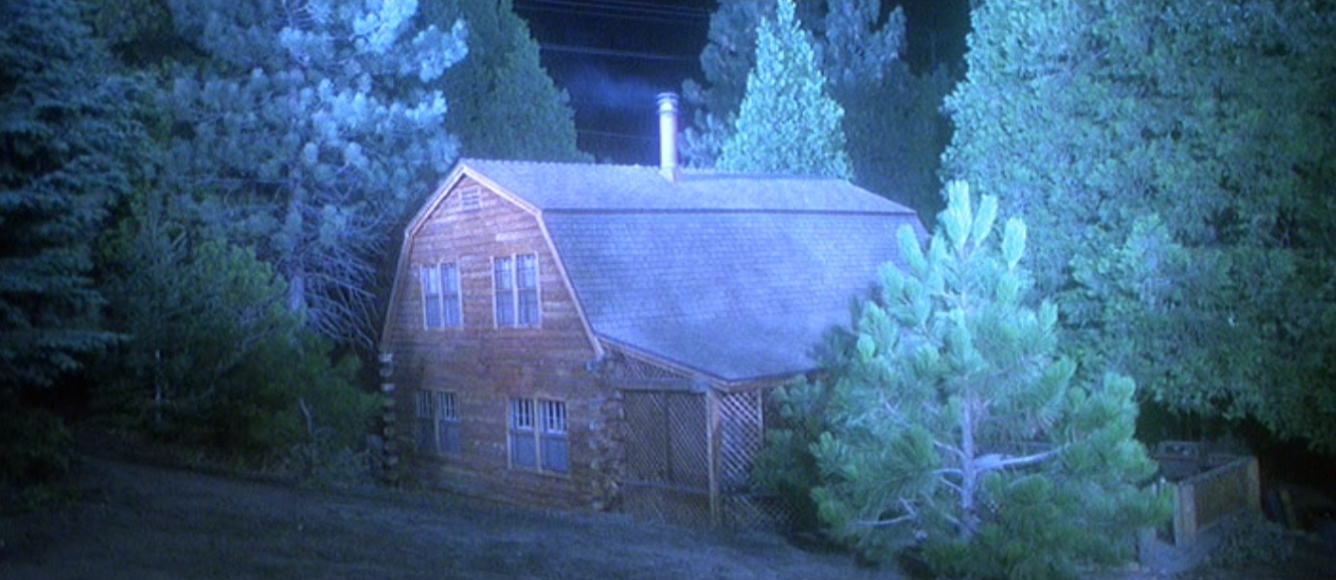
Mora later confided he struggled with this true-life story to reach a satisfactory ending, but Strieber is seen to reconcile with his experiences and resume writing. He attends a support group for fellow abductees but decides this route is not for him. Instead, Strieber embraces the experiences as a terrible, yet almost spiritual encounter which makes him reappraise his life and his work. This, plus the discussion with his wife which touches upon Joseph Campbell’s ‘Masks of God’ theory, does bring a resolution to the film. It ends as the family see another bright light and rush to the roof of their New York apartment building to look up at the stars once more. Contemplating and accepting their own small place in the universe?
The film was totally panned and a box office failure at the time, but it’s built a powerful cult status since! It tends to polarise audiences, much like the books it’s based on. You can probably tell that I’m a fan and believe it’s an underrated film.
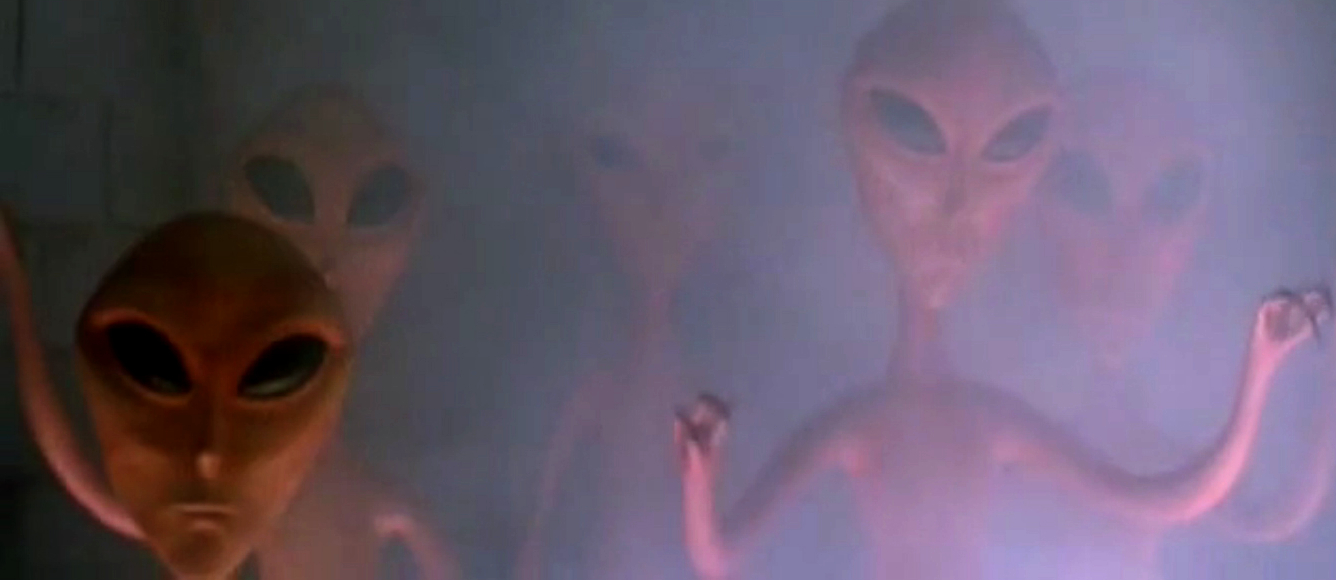
Of course, alien abductions had already been explored by cinema, most famously in Steven Spielberg’s Close Encounters of the Third Kind (1977), which had been based on real reports of UFO encounters investigated by Joseph Allen Hynek. Who can forget Richard Dreyfuss sculpting a mountain out of mashed potato before being drawn to the real thing for his close encounter with aliens? Spielberg’s aliens are benign and return abductees, even inviting Neary along for the ride. He accepts their offer, whereas Strieber does not!
However, after ultra-sensationalist reports in popular media, Strieber’s account of his own experience in Communion paved the way for more serious and frightening film and TV depictions of alien abduction. Fire in the Sky (1993) related the abduction experience of logger of Travis Walton in the 1970s, to box office success. The X-Files (1993-2003) dealt with the secret interaction of aliens with human affairs on television, as did its many imitators like Dark Skies (1995-6). The blockbuster Independence Day (1996) also involved a duster pilot who maintains he was abducted by aliens, to eventually lead the vanguard against the returning alien invaders looking for revenge…
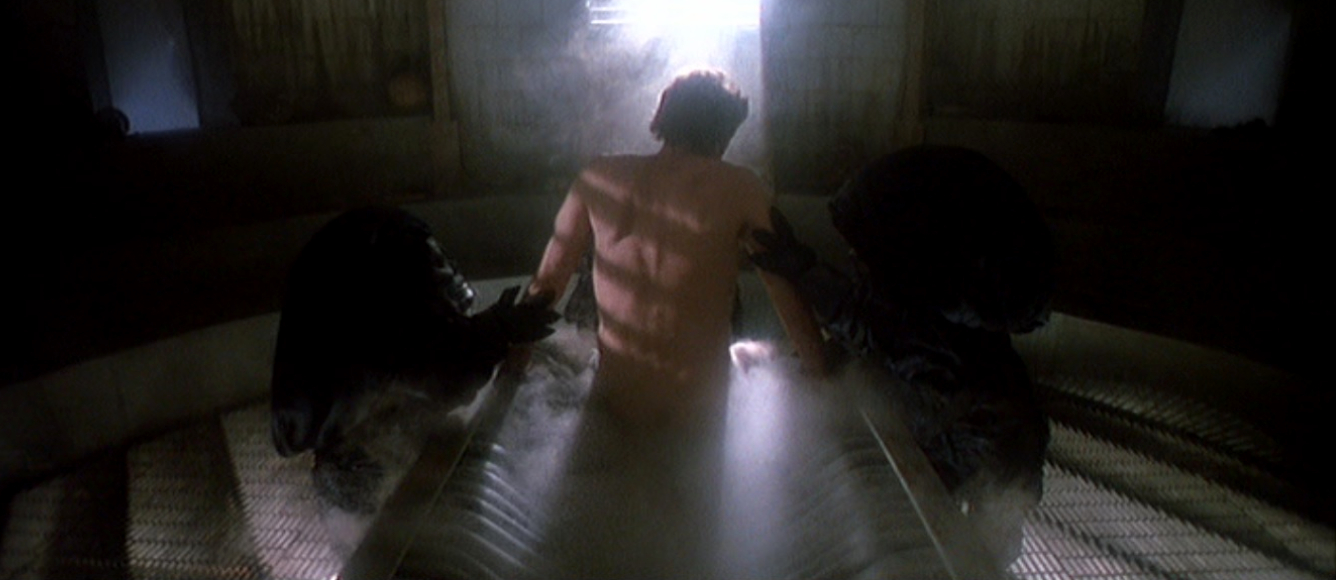
Nowadays, ETs have fallen from fashion in popular culture, but the claims of alien abductees seem to point to a primordial and perennial experience. As we understand more about the brain and how electromagnetic fields and hypnogogic sensations can affect us, it’s worth keeping an open mind. Some theories now align the experience with aspects of sleep paralysis. Others propose that the mind draws upon these common archetypes when it encounters stimulus outside of common experience. In the ancient mind, these were perceived as gods and spirits, to medieval perceptions they became angels and demons, while the 20th-century it was UFOs and little green, or grey, men.
Perhaps when we face something inexplicable, our subconscious tries to make sense of it by using the dominant archetype of our culture?
Whitley Strieber is shown in the film to become reconciled with his experience in an empowering way after meeting his aliens face to face ‘dressed like he was going to his first communion’ and he continues to write. In fact, another mysterious encounter and prophetic conversations led him to co-write a book called The Coming of the Global Superstorm about global warming, which was later developed into the successful film The Day After Tomorrow (2004). His way of being open to his stranger encounters reflects his interest in the teachings of the mystic Gurdjeff, and how artists have previously used these experiences—for example, William Blake, who embraced his visions, and how they informed his work.
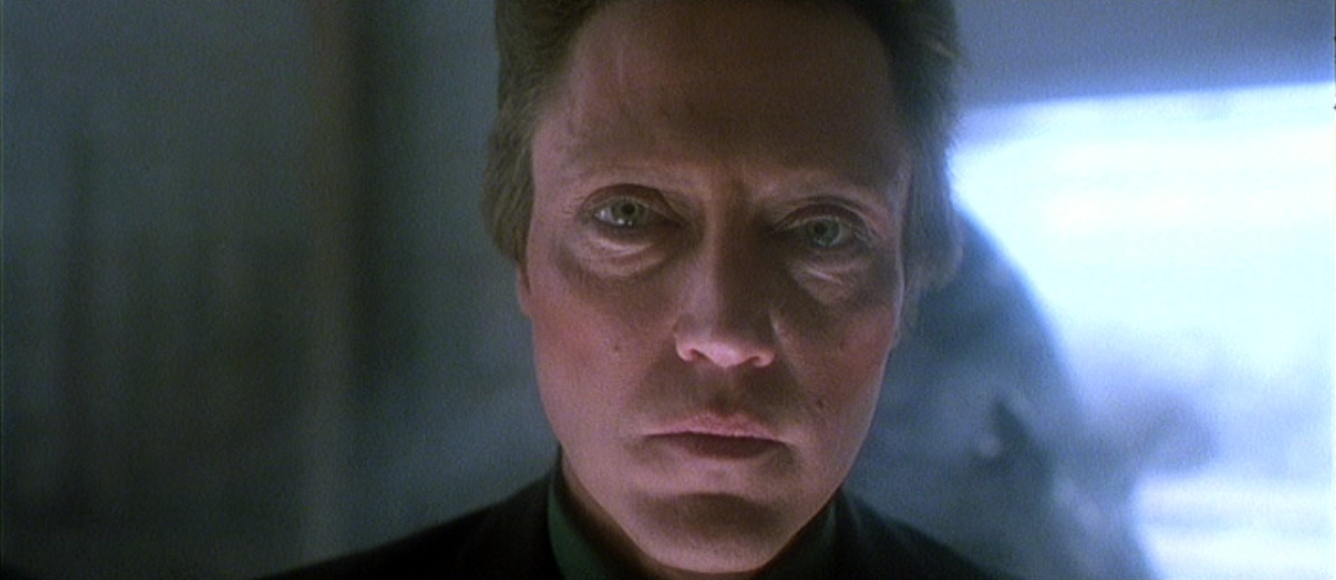
Blake was ridiculed for being so open about his mystic inspirations, as was Strieber. However, Strieber continued to write horror novels (including sequels to The Hunger), and more about his alien encounters. He also maintains a website looking into X-File-style phenomena.
Watching Communion is like watching a classic spooky tale, or even a modern fairy tale, but it also makes you ponder our liminal experiences, and how to integrate them into our lives. Strieber maintains the opinion “perhaps as we research further, we will find ourselves to be super intelligent and wise beings, such as those we hope to meet among the stars.”
I hope so, too.

director: Philippe Mora.
writer: Whitley Strieber.
starring: Christopher Walken, Lindsay Crouse, Frances Sternhagen, Terry Hanauer, Andreas Katsulas & Joel Carlson.
